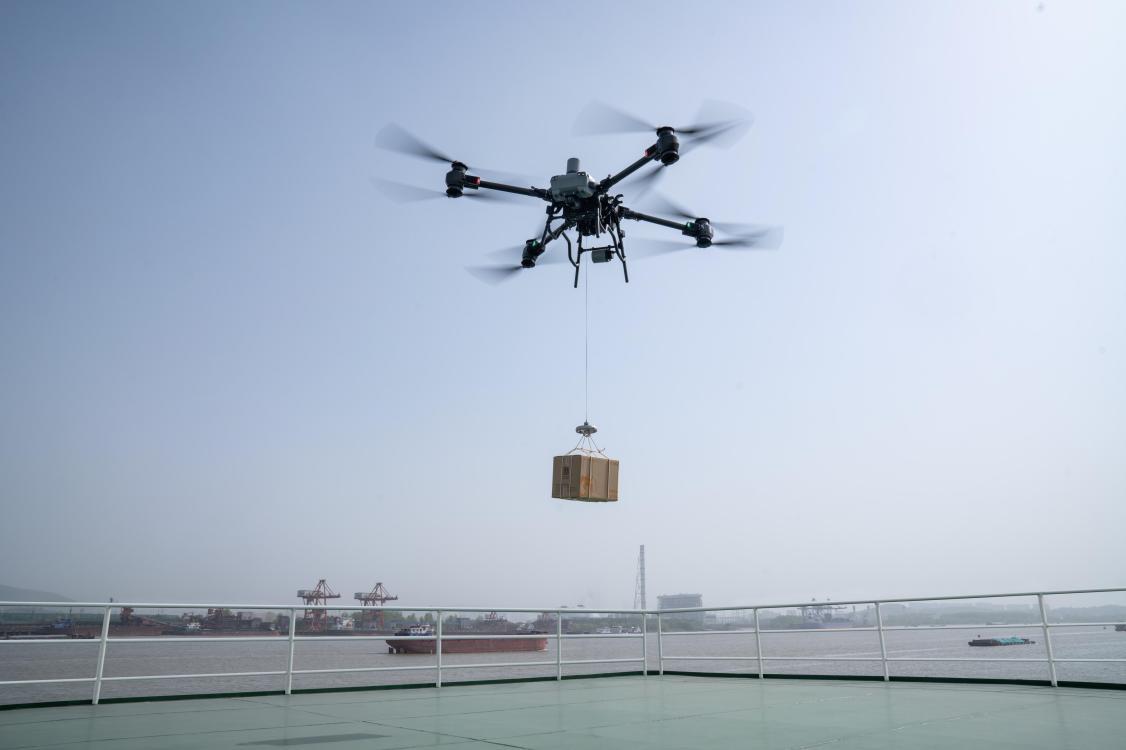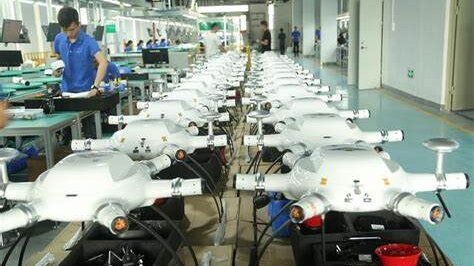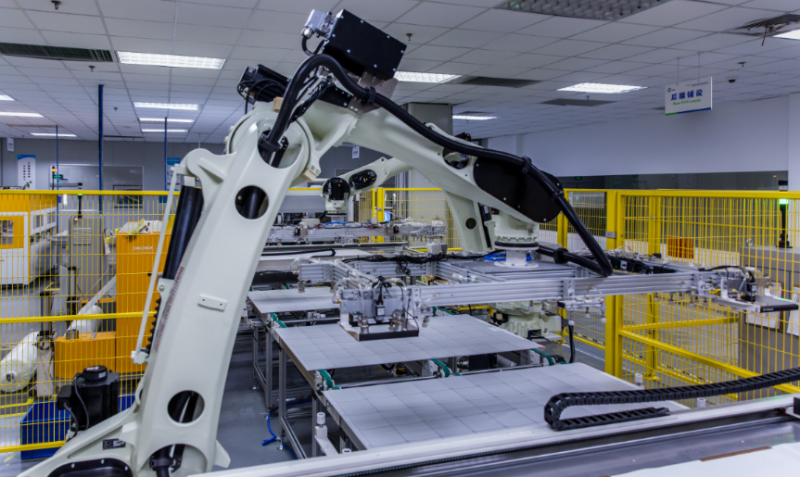Laser processing technologies—specifically laser cutting machines, pipe bending machines, and laser welding machines—have become critical components in the fabrication of drone bodies. This article explores how laser cutting machines, pipe bending machines, and laser welding machines are used in the manufacturing process of high-end drone bodies, emphasizing the advantages and applications of each technique.

1. Laser Cutting Machines: Precision and Efficiency in Component Fabrication
In the production of high-end drones, laser cutting machines are primarily used to cut metal sheets, carbon fiber composites, and other materials with great accuracy.
Process and Advantages
The laser cutting process involves focusing a high-powered laser beam onto the material's surface, which melts or vaporizes the material to form a cut. The key advantages of laser cutting in drone body manufacturing include:
· High Precision: Laser cutting machines can achieve tolerances as tight as 0.1 mm, which is crucial when working with small drone parts that require high levels of precision.
· Versatility: Laser cutting machines can be applied to a wide range of materials, including metals, plastics, ceramics, and composites. This flexibility is essential for high-end drones that utilize multiple materials in their construction.
· Clean Edges: The focused nature of the laser beam results in clean, smooth cuts with minimal material wastage. This is particularly important in high-performance drones, where aerodynamic performance and weight are critical.
· Minimal Thermal Deformation: Laser cutting machines minimizes the heat-affected zone, reducing the likelihood of material deformation during the cutting process.
Application in Drone Manufacturing
Laser cutting machines are used to manufacture a variety of components in high-end drones, including structural frames, motor mounts, and landing gear.
2. Pipe Bending Machines: Shaping Components for Structural Integrity
Pipe bending machines play a pivotal role in shaping these components. These machines are used to bend pipes made from metals such as aluminum and stainless steel, which are commonly used in the construction of drone frames, arms, and other parts.
Process and Advantages
Pipe bending machines involves the use of a machine to apply force to a metal pipe, bending it into the desired shape. Pipe bending machines are equipped with CNC technology, allowing for precise control over the bending process. The advantages of using pipe bending machines in drone manufacturing include:
· Customizable Shapes:Pipe bending machines allows manufacturers to create complex, custom shapes that are essential for the lightweight yet durable frame of a high-end drone.
· Improved Strength-to-Weight Ratio: By bending pipes, manufacturers can create parts that are both strong and lightweight, which is a key consideration in drone design.
· Reduction in Material Waste: Unlike traditional machining methods that may require excess material removal, pipe bending shapes components with minimal waste, making it an efficient manufacturing method.
Application in Drone Manufacturing
Pipe bending machines are typically used in the fabrication of drone arms, supports for electronic components, and structural reinforcements. These parts need to be both lightweight and strong to support the drone’s motors, battery, and other sensitive equipment.

3. Laser Welding Machines: Ensuring Strong, Precise Joints for Drone Assemblies
Laser welding machine has become one of the most efficient and effective methods for joining metal components in high-end drone manufacturing.
Process and Advantages
Laser welding machines involves the use of a high-intensity laser beam to melt the material at the joint between two workpieces, fusing them together upon cooling. The process is highly precise and can be used to weld thin sheets or small parts, making it ideal for delicate drone structures. Key advantages of laser welding in drone manufacturing include:
· Precision and Control: Laser welding machines can achieve extremely fine welds with a very narrow heat-affected zone. This level of precision ensures that the drone’s components are welded without distortion, maintaining the structural integrity of the parts.
· High-Speed Operation: Laser welding is a fast process, allowing manufacturers to achieve high throughput and reduce production time. This is particularly beneficial when producing large quantities of drones or working with tight deadlines.
Application in Drone Manufacturing
Laser welding machine is commonly used in the assembly of high-end drone frames, motor mounts, and other critical components. The ability to weld thin metal parts with high precision allows manufacturers to create lightweight and durable joints that can withstand the stresses encountered during flight. Additionally, the clean and strong welds reduce the risk of structural failure, which is essential for maintaining the safety and performance of the drone.

Conclusion
Laser processing technologies, including laser cutting machine, pipe bending machine , and laser welding machine, have revolutionized the manufacturing of high-end drone bodies. These methods provide the precision, efficiency, and versatility required to create lightweight, durable, and highly functional components.

